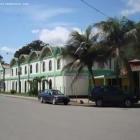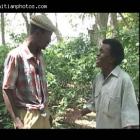ADVERTISEMENT
child restavec or child labor
Human Trafficking In Haiti
Haitian children trafficked for sex and labor to the Dominican Republic and The Bahamas. The majority of trafficking cases are found among the estimated 90,000 to 300,000 restaveks in Haiti, and the 3,000 additional restaveks who are trafficked to the Dominican Republic.
Haiti for being the poorest country in the Western Hemisphere is a primary source for human trafficking. It is a country where 80% of the populations live below the poverty line and 54% are in abject poverty. A large number of Haitian children are regularly trafficked for sex and labor to the neighboring Caribbean countries, mostly to the next door neighbor Dominican Republic. Child domestic workers ("restavec" in Creole) are perhaps amongst the most exploited sectors in Haiti of whom 65% are girls between the ages of 6 and 14. Most of Haiti's trafficking cases are restaveks. In a UNICEF report following the 2010 earthquake, it was found that homeless children, children separated from families and many children picked up from the hospitals were shipped outside the country for money. Some of the trafficking agencies work in the disguise of child adoption organizations. The Government of Haiti employs very minimum efforts and made limited progress in anti-trafficking activities, neither it provides any direct or specialized service to the trafficking victims.
Malnutrition in Haiti
Malnutrition in an underprivileged and poor developing country like Haiti is a major critical problem. Poverty is its main root cause over other factors like economic, environmental, and social reasons. One in every 10 children in Haiti dies of malnutrition. One of the leading factors (60%) of child death is malnutrition. Around 40% of the 5 year children indicate stunned growth and poor brain development. The most common effects of malnutrition in Haitian children are: lack of adequate immune system, erratic behavior changes, 2 in every 10 are underweight, slow development and cognitive deficiency. Today around 6.7 million, or a staggering 67% of the population goes without food some days. Most of them have either limited access to the food or can't afford a balanced diet and as many as 1.5 million of them face malnutrition and other hunger-related problems.
First Independent Nation and Modern Day slavery restavek
How can someone manage to understand these two.
Haiti prides itself for being the first black-led republic in the world after he fought and gained its independence in 1804
However, the same Haiti has been dealing with the issue of restavek which is a modern day slavery imposed in one segment of its population.

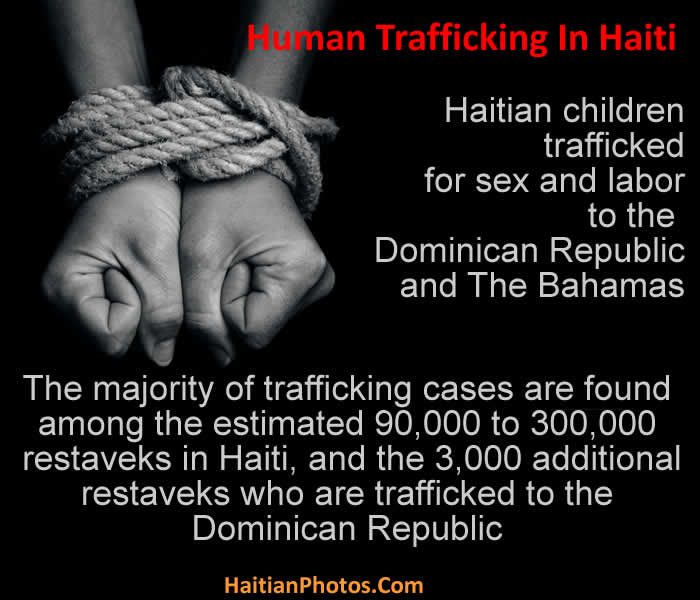
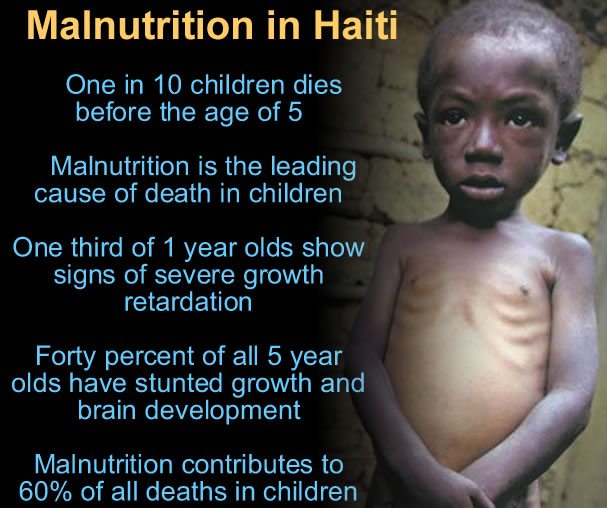
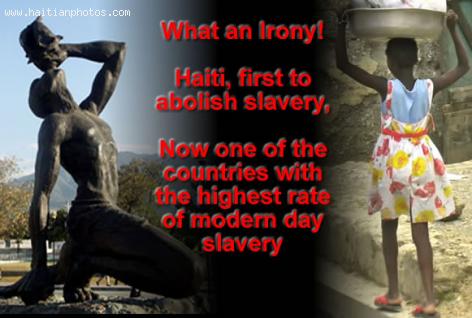
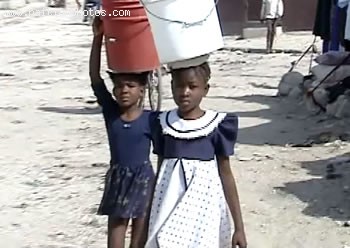
 All inclusive Royal Decameron Indigo
All inclusive Royal Decameron Indigo  Bouki Ak Ti Malice, Story Of Intelligence Vs Ignorance For...
Bouki Ak Ti Malice, Story Of Intelligence Vs Ignorance For...  Royal Decameron Indigo and White sands
Royal Decameron Indigo and White sands  Commissioner Frantz Pierre indicted for accepting bribes
Commissioner Frantz Pierre indicted for accepting bribes  Meet Haitian-American professional baseball pitcher Touki...
Meet Haitian-American professional baseball pitcher Touki...  Haitiano-Japanese Naomi Osaka wins the US Open against Serena...
Haitiano-Japanese Naomi Osaka wins the US Open against Serena...  Delimart Plaza, Delmas 32, Port-au-Prince, Haiti being looted
Delimart Plaza, Delmas 32, Port-au-Prince, Haiti being looted  Philippe Vorbe entered world football Hall of Fame, CONCACAF
Philippe Vorbe entered world football Hall of Fame, CONCACAF 